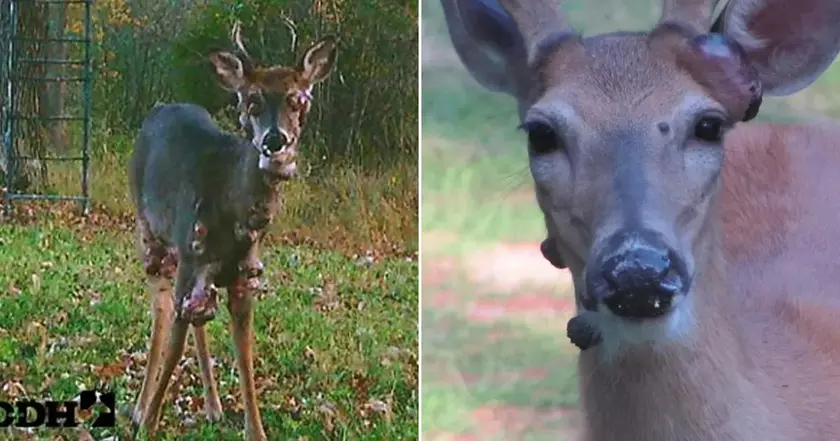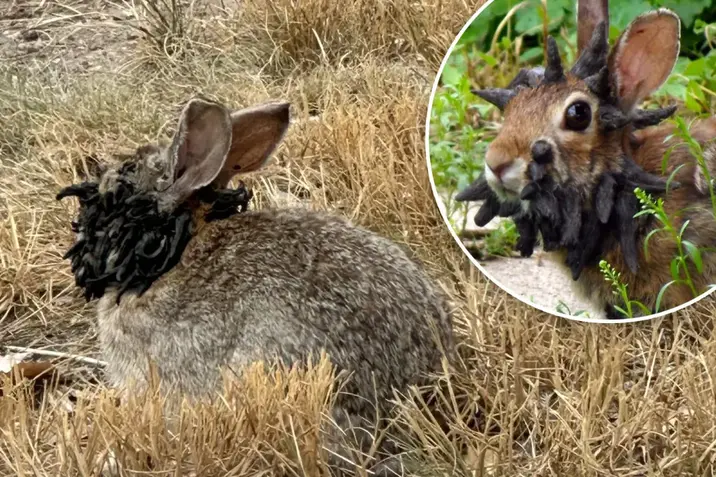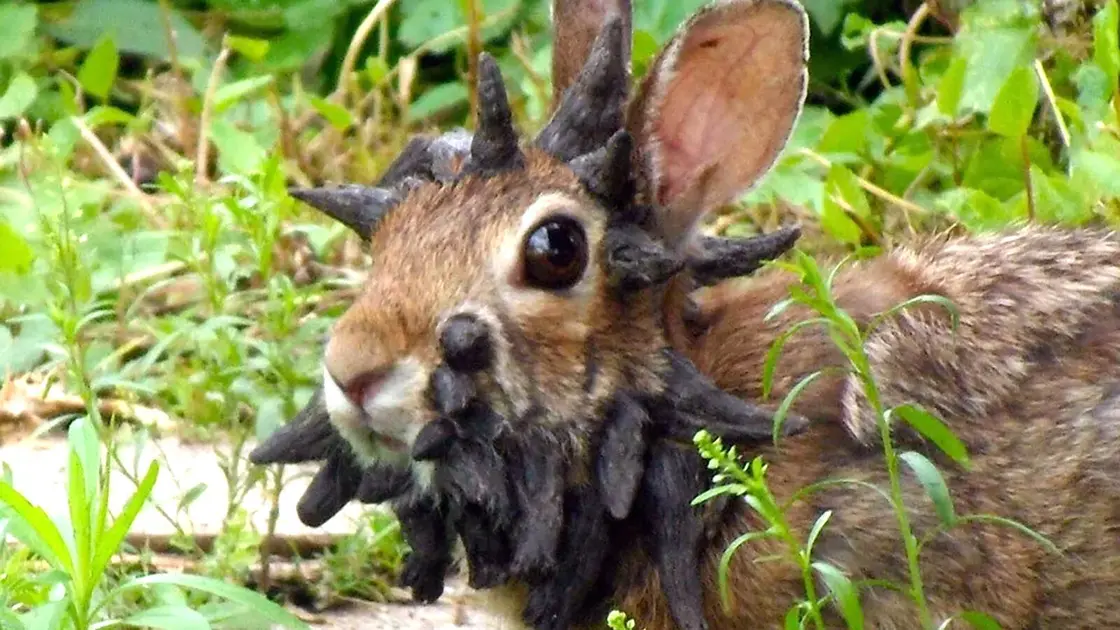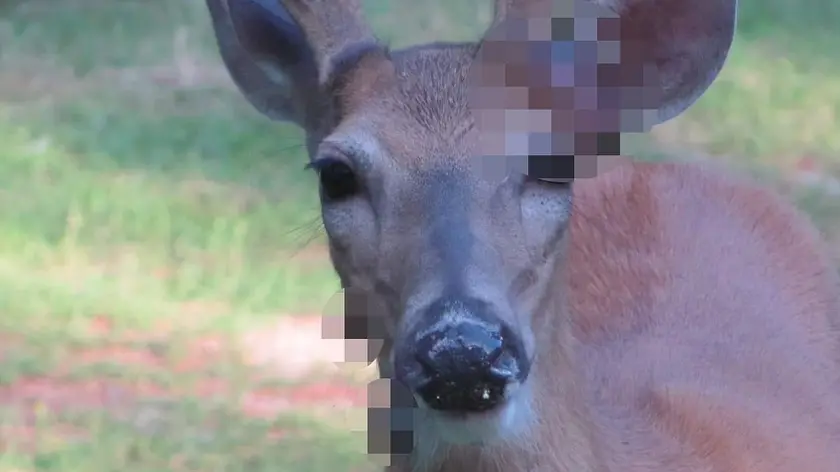T4K3.news
CRPV infected rabbits spread to three states
Rabbits with Shope papilloma virus have appeared in Minnesota, Nebraska, and South Dakota, with experts noting indirect human risk via ticks and mosquitoes.

A rabbit virus is spreading across the Midwest and experts warn about indirect human risks through ticks and mosquitoes.
CRPV infected rabbits spread to Minnesota Nebraska and South Dakota
Colorado was the first place to report Shope papilloma virus in wild rabbits this summer. Since then, sightings have expanded to Minnesota, Nebraska and South Dakota. The virus causes face growths that can obscure vision or hinder eating and may lead to serious health problems in severe cases. It spreads mainly through contact with infected rabbits and can be carried by ticks and mosquitoes. Health experts say the risk to people remains very low, but bites from infected vectors could bring other diseases such as Lyme disease or Rocky Mountain Spotted Fever. Dr Omer Awan of the University of Maryland School of Medicine notes that warmer temperatures are likely helping the pests that carry the virus, pushing wildlife infections into new regions. He cautions that the shift in the disease map could continue as the climate warms.
Key Takeaways
"You're not going to get CRPV, and you likely won't show symptoms of it"
Dr Omer Awan on human infection risk
"Because temperatures are becoming warmer, we're gonna start to see it become more prevalent as the years go on"
Dr Awan on climate driven spread
"We have a series of states already in the Midwest, but perhaps it could go even more south in the United States, maybe Southwest as well"
Dr Awan on range expansion
"I do believe that this will become more of an increasing problem as time goes on"
Dr Awan on future risk
This case shows how climate change reshapes the geography of disease. Warmer weather lengthens the season for ticks and mosquitoes, allowing viruses to move into new places and interact with wildlife in different ways. The CRPV outbreak is a reminder that wildlife health can foreshadow broader public health trends, even if the immediate risk to humans is small. It also highlights how media labels can shape perception; calling rabbits Frankenstein like a headline can grab attention but risks sensationalizing a real health issue. Officials should share clear steps for pet owners and emphasize practical protections against insects without creating unnecessary alarm.
Highlights
- You're not going to get CRPV, and you likely won't show symptoms of it
- Because temperatures are becoming warmer, we're gonna start to see it become more prevalent as the years go on
- We have a series of states already in the Midwest, but perhaps it could go even more south in the United States
- I do believe that this will become more of an increasing problem as time goes on
Public health risk from vector borne diseases
The article stresses indirect human risk through pest bites and notes climate driven shifts in disease patterns. While CRPV itself is unlikely to infect humans, the broader tendency toward expanding vector ranges warrants cautious monitoring and clear public guidance to avoid panic.
The health landscape keeps evolving as temperatures rise and animal health tracks that change.
Enjoyed this? Let your friends know!
Related News

Frankenstein bunnies spotted in Colorado

CRPV in US Rabbits Sparks Public Concern

Zombie rabbit health story clarified

Mutant deer story prompts caution

Deer fibroma found in several states

Frankenbunnies in Colorado raise wildlife health questions

Rabbits with horns prompt science over myth in Colorado

Frankenstein rabbits alert
